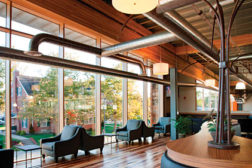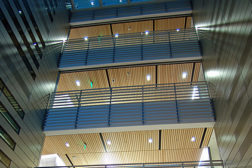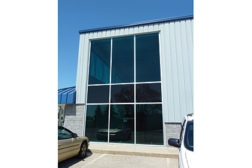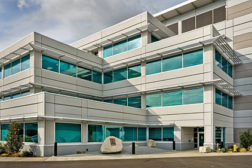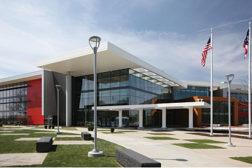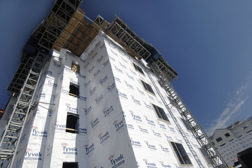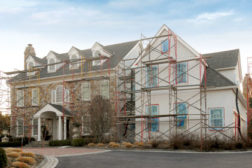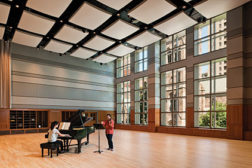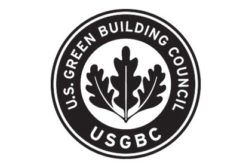Building Envelope
Johns Manville Publishes 2012 Sustainability Report
Johns Manville announced the publication of its 2012 Sustainability Report, “We Build Environments.”
April 2, 2013
Insulated Metal Panel Wall and Aluminum Window Systems
IMP wall and window systems—the benefits of integrated components.
Read More
“Green Design” Bridgestone America’s New Technical Center
Bridgestone Americas Technical Center showcases several green design elements. By Chris King
Read More
Controlling Air Leakage for Improved Building Energy Performance
Testing of air barrier assemblies is an essential intermediate step to demonstrate performance of installed air barriers.
Read More
Understanding Housewraps
Understanding housewraps: A decision guide for selecting the right one.
Read More
Curtis Institute of Music’s Unique Acoustical Properties
A music school is only as good as its acoustical properties.
Read More
Connect with the industry’s leading resource for unparalleled insights and education.
Join thousands of industry professionals today. Shouldn’t you know what they know?
JOIN NOWCopyright ©2025. All Rights Reserved BNP Media.
Design, CMS, Hosting & Web Development :: ePublishing
